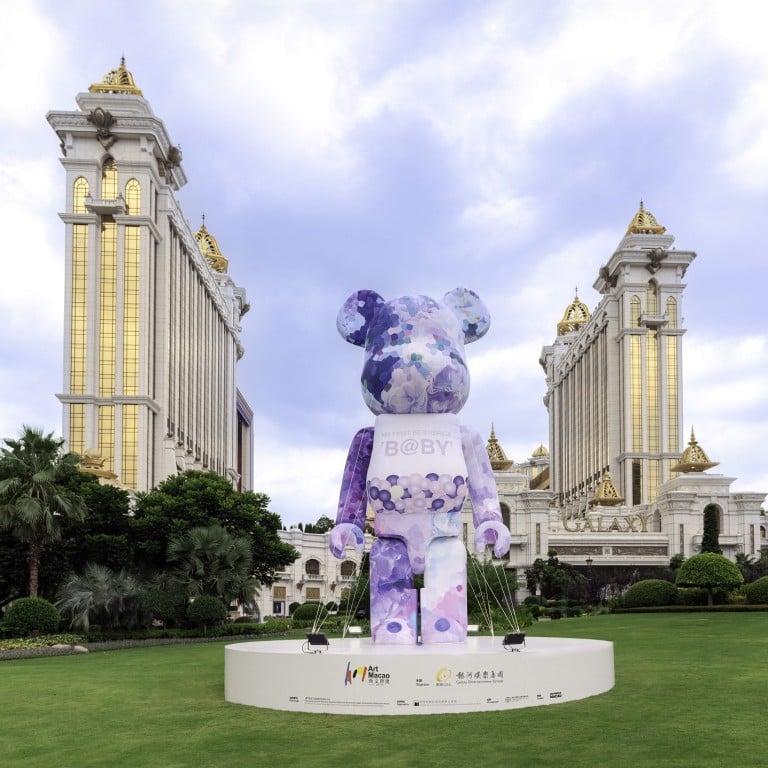
A family day out in Macau: water park, virtual reality games, history, culture, street food – it’s not all casinos in the ‘Las Vegas of Asia’
- Macau’s casino resorts have many family attractions – immersive art shows, a water park, virtual-reality bumper cars. There’s a zip line and indoor skydiving
- For history lessons try the Macao Museum and Fire Services Museum, or a historic ice cream shop; there are cultural spaces, churches, temples and street food
Macau has more than 40 casino hotels on a land mass that is only 3 per cent the size of Hong Kong, so you would be forgiven for not thinking of the city as child-friendly.
However, with the right itinerary, a day or two in the “Las Vegas of Asia” – made up of the Macau peninsula, Taipa and Coloane – can not only keep your family active, but also entertained.
1. Play and entertainment

MGM Cotai is making use of its 900 square metre 4K LED wall system to turn Chinese artist Hsiao Chin’s abstract art into an immersive video experience. This is part of the hotel’s retrospective in honour of the Taiwanese-Italian artist, who died just before the exhibition opened.
Hong Kong interactive art show teamLab: Future Park – what to expect
While grown-ups will walk away from the well curated show with a better understanding of the different phases of Hsiao’s career, there are plenty of interactive elements to keep young people engaged as well.
Both the Hsiao Chin and Bearbrick exhibitions are part of the third edition of Art Macau, a summer-to-autumn festival with activities across the city.
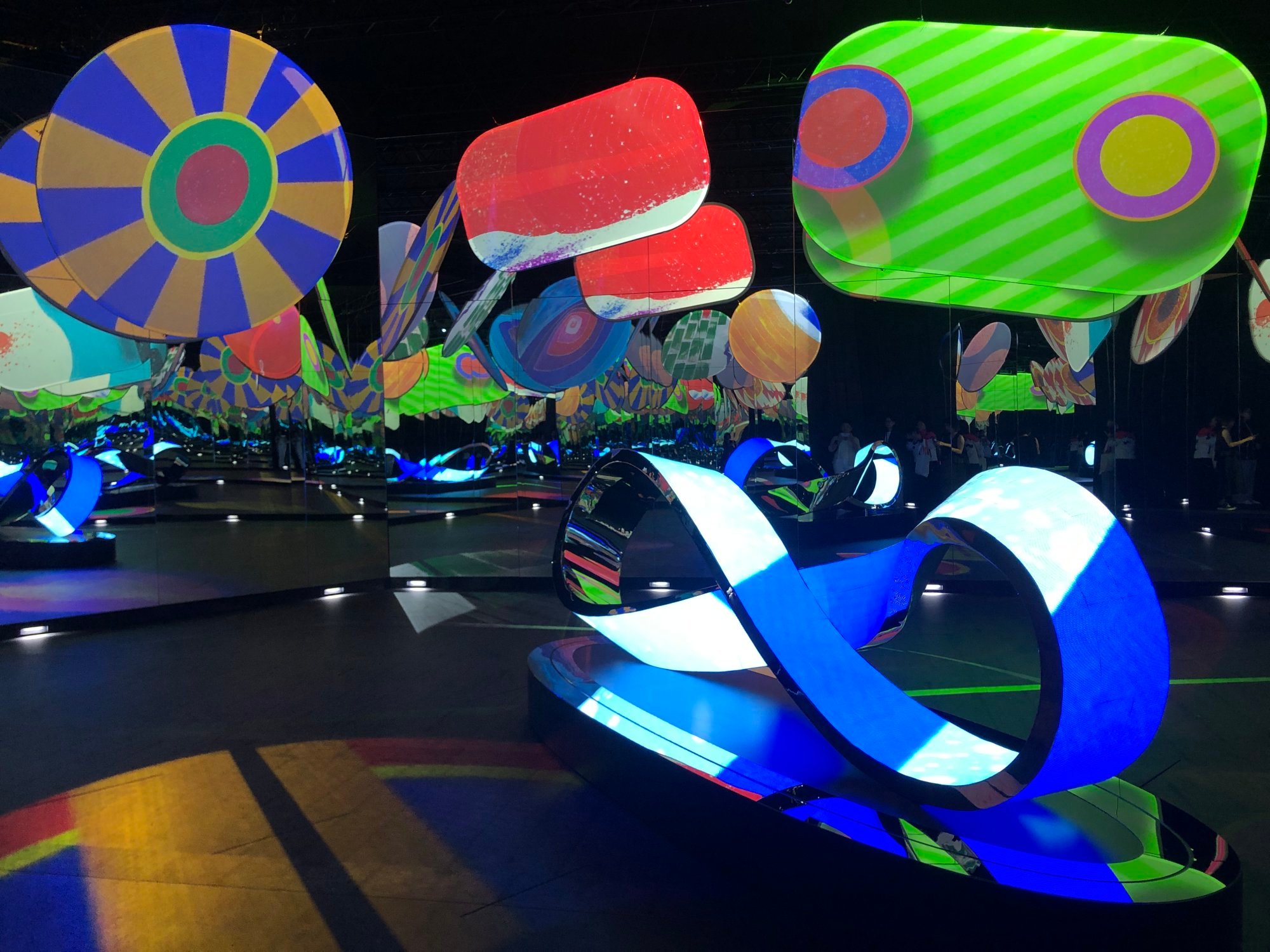
If you need a screen break, check out “Sugar King” Zhou Yi’s fondant art exhibition at MGM Cotai.
A young master skilled in the Chinese tradition of dough sculpting and the trickiest of Western cake decoration techniques, Zhou’s sugar sculptures of mythical Chinese characters are guaranteed to blow your mind.
Over at Studio City Macau, there is Water Park – the city’s first and only water park, with indoor and outdoor areas, water slides, cabanas, lazy pools and more – and the Legend Heroes Park, a virtual-reality and games bonanza that features VR bumper cars, escape rooms and shooting games.
2. History and culture: Macau peninsula
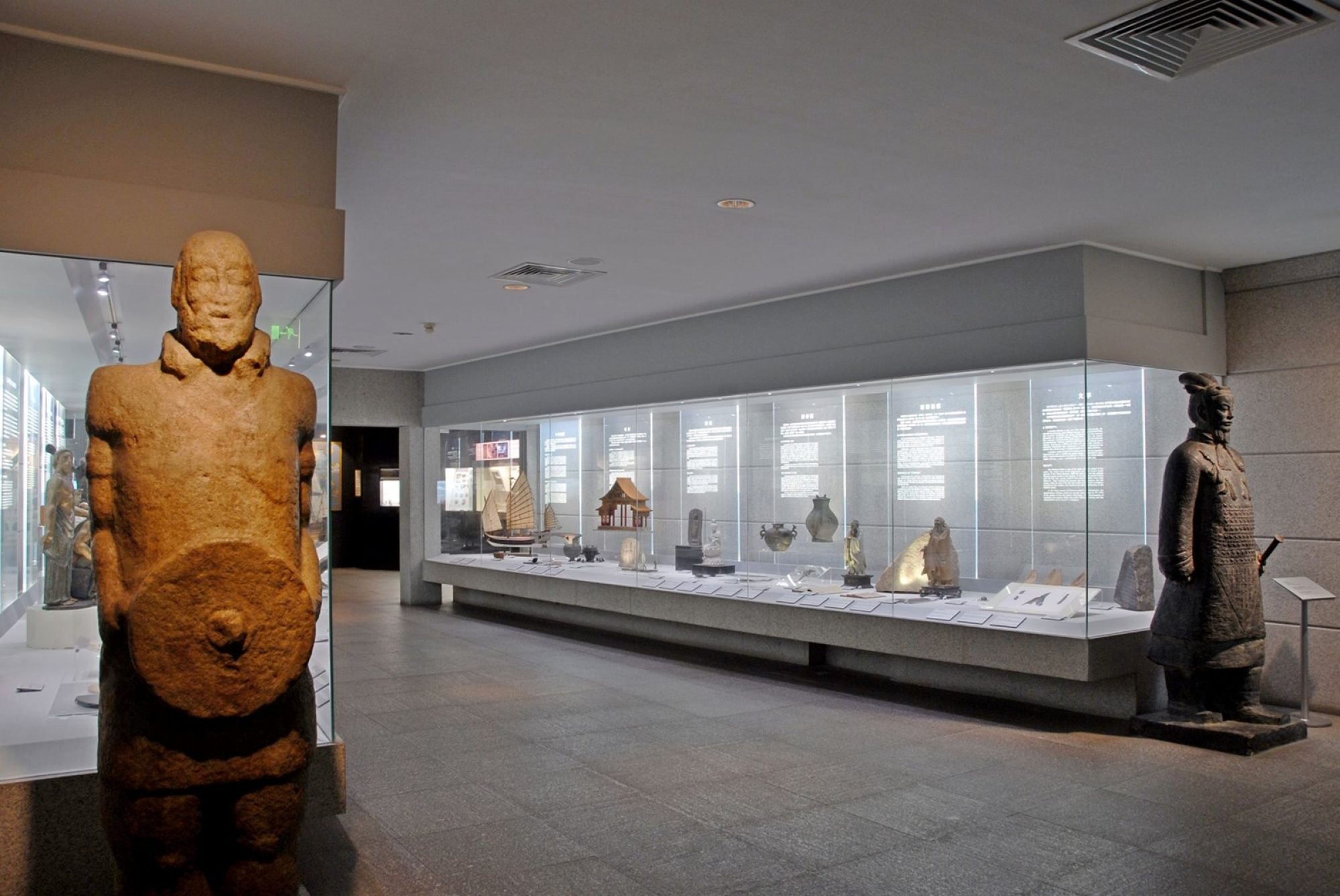
The exhibition displays various aspects of Macanese culture that are distinct from that of Hong Kong and any other parts of China.
The museum is open daily Tuesday to Sunday from 10am until 6pm. Last admission is at 5.30pm. The entry fee is MOP$15 (US$1.85).
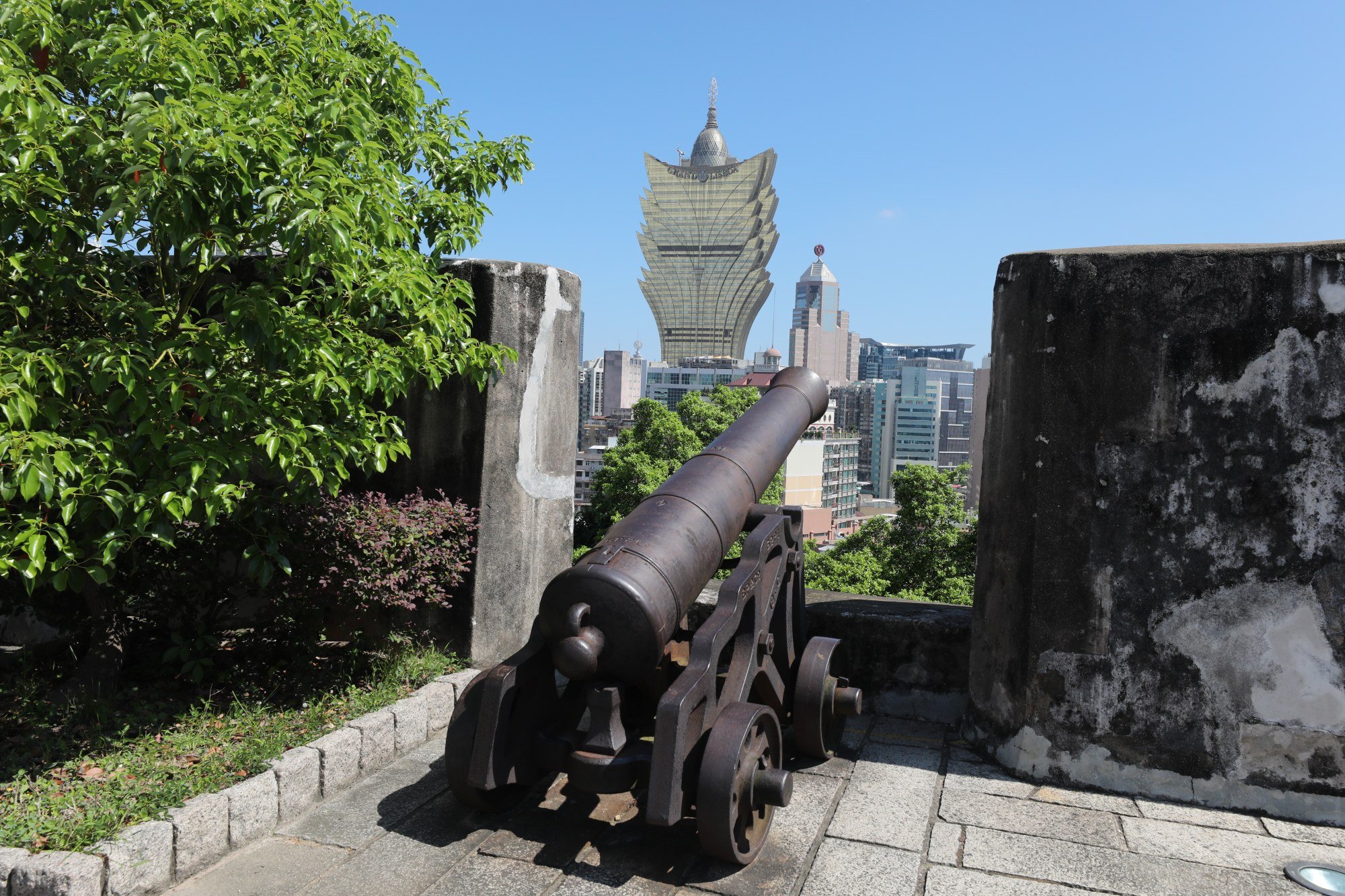
Once you are done with the museum, step outside – you will find yourself in the Monte Fort, or Fortaleza do Monte, which was built in the 1600s.n Calcada das Verdades and used in the defence of the city.
The fort is open every day from 7am until 7pm.

The Fire Services Museum on the Estrada Coelho do Amaral is impossible to miss. The bright yellow, Portuguese-style building that houses it was constructed in the early 1920s, and served as a fire station for more than 70 years until it was turned into a museum on December 11, 1999, nine days before Macau was returned to Chinese rule.
The building has since been recognised by the Macau government as having architecture with artistic value.
Inside is a wide collection of exhibits, including a British-made fire engine from 1955 and an archive of photos and items such as the different helmets used by Macau’s firefighters since 1900.
The museum is open every day from 10am until 6pm, including public holidays.
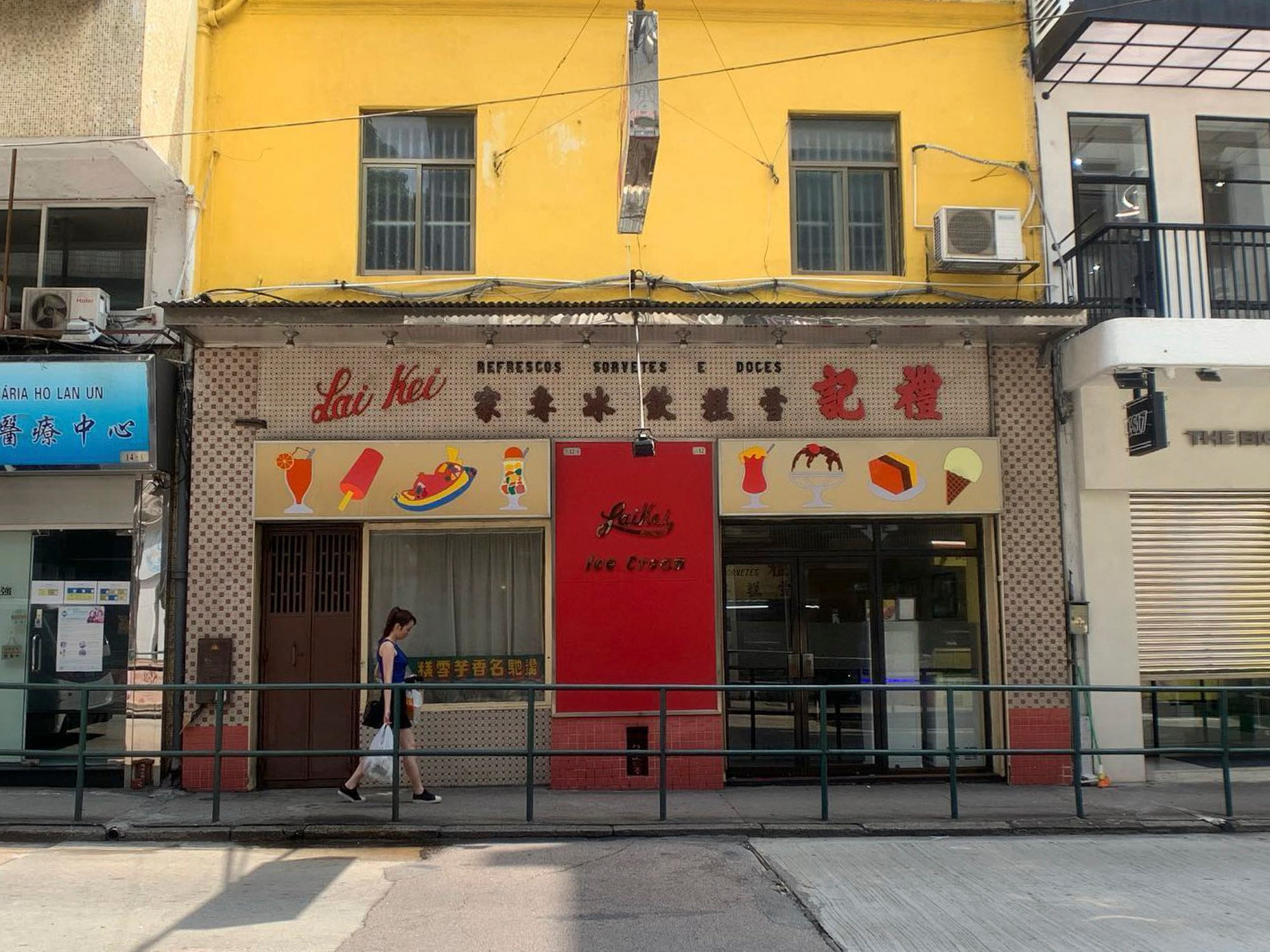
Lai Kei Sorvetes, one of the oldest ice cream shops in Macau, has been around since the 1930s. The inside of the shop, on Rua Conselheiro Ferreira de Almeida, is traditionally decorated, retro and cheerful. The original storefront sign is displayed inside.
From there, you can take a 10-minute walk to Tap Seac Square, where many of the buildings feature Portuguese architecture. Check out the Pavilhao de Exposicoes e Espectaculos Artisticos Para Jovens, an arts and cultural space that shows works by young artists.
A short walk away from the square is the Lou Lim Ioc Garden, which has Portuguese twists on the pavilions, bridges, pagodas, rocks and lotus ponds typical of the classical landscapes found in similar gardens in Chinese cities such as Suzhou and Hangzhou. The garden is open from 6am until midnight.
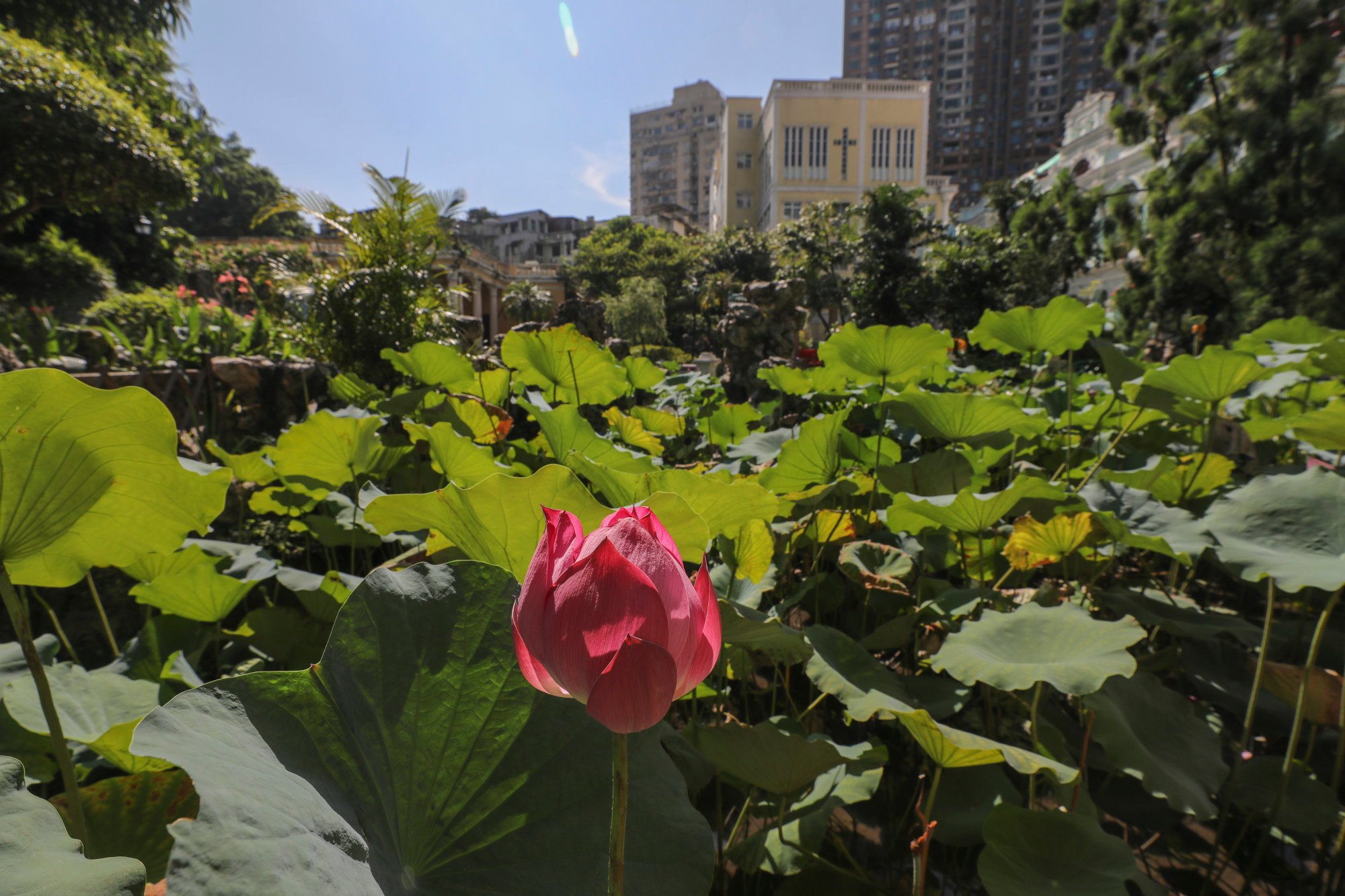
3. History and culture: Taipa and Coloane
The Cotai Strip, formed of reclaimed land and on which Macau’s casino resorts stand, links the former islands of Taipa and Coloane.
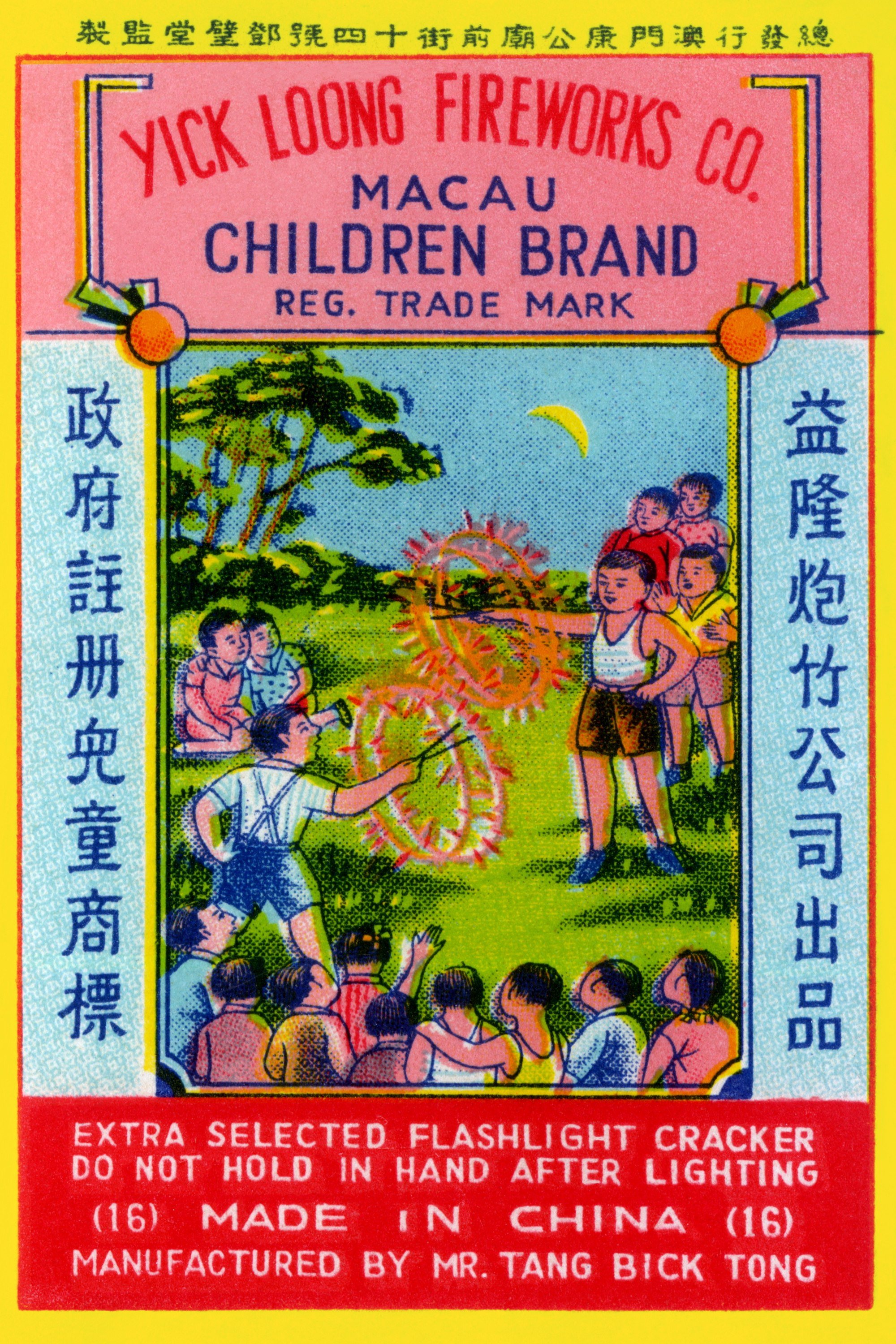
Macau was once the world’s biggest producer of firecrackers and began manufacturing them in the 19th century. By the early 20th century, this was one of the city’s three major industries and orders came in from around the world. The industry began to decline in the 1970s.
Despite how lucrative they were, people did not want firecracker factories near their homes because of the danger of explosion they posed. In 1925, the government moved all the factories from the Macau peninsula to the less populated Taipa island.
Yick Loong Fireworks (also spelled Iec Long) was the longest running firecracker manufacturer in the city, operating from 1925 until 1984. Its factory was the largest – 20,000 square metres (215,000 sq ft) – with a layout designed for maximum safety and efficiency. There were multiple blast walls to protect against explosions, and water reservoirs in place to stop fires from spreading.
The Former Iec Long Firecracker Factory site on Casa Dos Pinheiros Da Taipa has been open to the public since December 2022 and, while many of the buildings are long gone, you can still walk around and enjoy the atmosphere created by the towering banyan trees growing there.
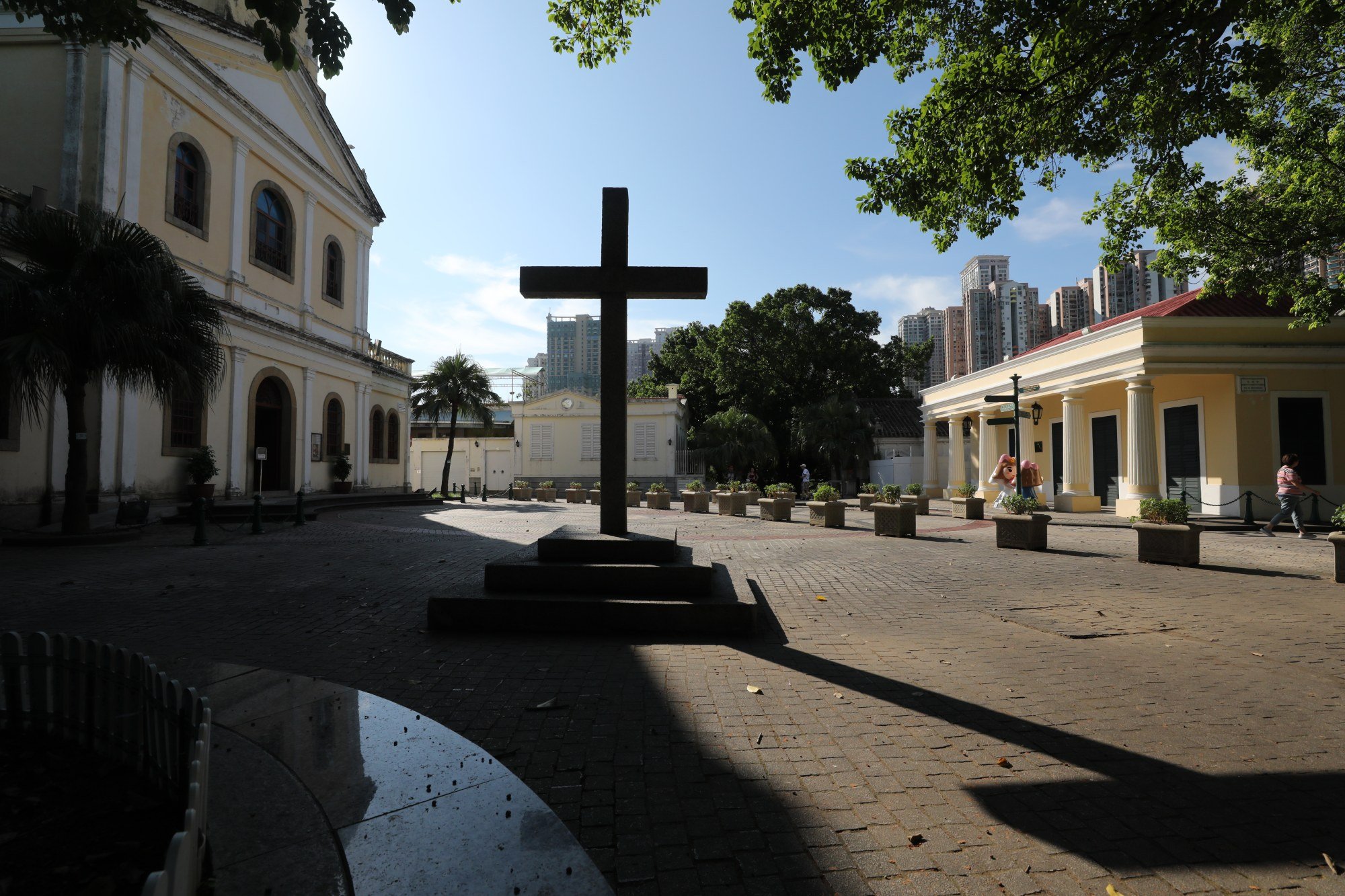
One of the few restored buildings is now a small museum that looks back at the history of the firecracker industry in Macau. The site is open daily from 6am until 7pm except on Wednesdays, when it closes at 3pm.
Once you are done with visiting the firecracker factory, walk down the street and go up some steps to the left. There, on Avenida de Carlos da Maia, you will find the beautiful yellow Our Lady of Carmel Church. It is a good photo spot but be mindful that only Catholics intending to pray go inside.
Next to them is a wetland that separates old Taipa from the glitzy Cotai Strip. Sit on a bench there and take in the contrast between the latter and the remnants of colonial Macau.

The southernmost part of Macau, Coloane, has its own distinct charm. Take a leisurely walk around the quaint seaside Coloane village, and visit the Chapel of St Francis Xavier as well as old Taoist places of worship such as the Kun Iam and Tam Kong temples.
Animal-lovers young and old may enjoy a visit to the Macao Giant Panda Pavilion and Pavilion of Rare Animals, where there are two pairs of giant pandas, a pair of red pandas and other animals such as monkeys, birds and reptiles.
Some of the reptiles housed there had been kept illegally and were confiscated by the Macau authorities.
The zoo is in Seac Pai Van Park and is open from 10am to 1pm and 2pm to 5pm daily except Mondays. The park is open from 6am to 10pm.
Additional reporting by Enid Tsui

